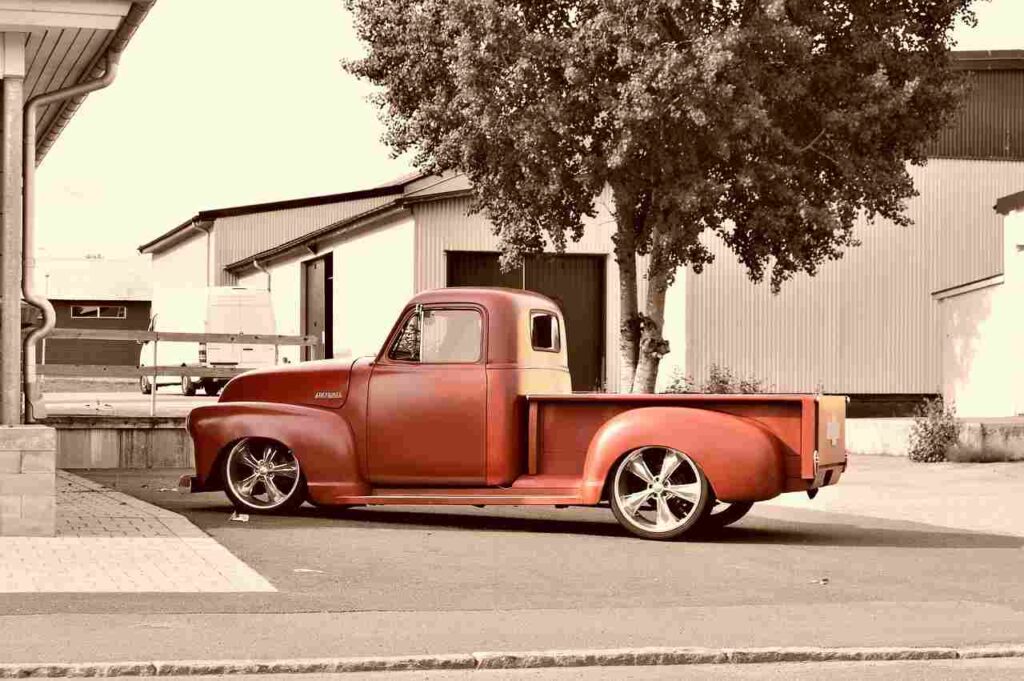Investing in fleet wrapping can be a game-changer for your business, offering significant benefits like increased brand visibility and cost-effective advertising. However, to ensure a successful fleet wrapping project, it’s crucial to plan and budget effectively. Here’s a comprehensive guide to help you budget for a fleet wrapping project, ensuring you get the best return on your investment.
1. Determine Your Fleet’s Size and Scope
The first step in budgeting for a fleet wrapping project is to assess the size of your fleet. The number of vehicles you need to wrap will significantly impact the overall cost. Additionally, consider the types of vehicles in your fleet—trucks, vans, cars, or specialty vehicles—as different types of vehicles may have different wrapping costs due to their size and shape.
2. Choose the Type of Wrap
Fleet wraps come in various types, including full wraps, partial wraps, and vehicle graphics. Each type has a different cost associated with it:
- Full Wraps: Cover the entire vehicle and offer maximum visibility and impact. They are more expensive but provide complete coverage.
- Partial Wraps: Cover only a portion of the vehicle, such as the sides or rear. They are less costly than full wraps and can still deliver significant branding benefits.
- Vehicle Graphics: Typically consist of decals or spot graphics placed on specific areas of the vehicle. This option is the most budget-friendly but offers less coverage.
Deciding on the type of wrap will help determine the overall cost of your project.
3. Factor in Design Costs
Custom designs are a crucial part of fleet wrapping. Professional design services ensure that your wraps align with your brand’s identity and message. Depending on the complexity of the design and the designer’s expertise, costs can vary. It’s essential to invest in high-quality design work, as a well-designed wrap enhances your brand’s impact and effectiveness.
4. Consider Material and Printing Quality
The quality of materials and printing used in fleet wraps affects both the appearance and longevity of the wraps. Higher-quality vinyl and advanced printing techniques result in better visuals and longer-lasting wraps but come at a higher cost. Discuss material options with your fleet graphics company to choose the best balance between quality and budget.
5. Account for Installation Costs
Professional installation is critical to achieving a high-quality finish and ensuring that the wraps adhere properly. Installation costs can vary based on the size and number of vehicles. It’s important to hire a reputable fleet graphics company with experience in installing vehicle wraps to avoid issues like bubbles or peeling.
6. Plan for Maintenance and Care
Fleet wraps require regular maintenance to keep them looking fresh and to extend their lifespan. This may include cleaning, inspections, and minor repairs. Allocate a portion of your budget for ongoing maintenance to ensure that your wraps remain in good condition throughout their lifespan.
7. Factor in Additional Costs
There are several additional costs that may arise during a fleet wrapping project:
- Removal of Old Wraps: If you’re updating or replacing existing wraps, removal costs should be considered.
- Vehicle Preparation: Preparing vehicles for wrapping, such as cleaning or minor repairs, can add to the overall cost.
- Design Revisions: If changes are needed during the design process, additional costs may apply.
Ensure that these potential costs are accounted for in your budget to avoid unexpected expenses.
8. Set a Realistic Timeline
The timeline for a fleet wrapping project can impact the cost. Rushed projects may incur higher costs due to expedited services or additional labor. Plan your project timeline carefully and allow sufficient time for design, printing, installation, and any necessary adjustments.
9. Get Multiple Quotes
Before committing to a fleet graphics company, obtain quotes from several providers. Compare their pricing, services, and quality of work. A detailed quote should break down costs for design, materials, printing, installation, and any additional fees. This comparison will help you choose a provider that offers the best value for your budget.
10. Consider Long-Term Benefits
When budgeting for a fleet wrapping project, consider the long-term benefits. A well-designed and professionally installed wrap can provide years of advertising value and significantly impact your brand’s visibility and recognition. Weigh these benefits against the initial investment to assess the overall value of the project.
Conclusion
Budgeting for a fleet wrapping project involves careful planning and consideration of various factors, including the size of your fleet, type of wrap, design costs, material quality, installation fees, and maintenance. By thoroughly evaluating these aspects and working with a reputable fleet graphics company, you can ensure a successful project that enhances your brand’s visibility and delivers a strong return on investment.
For expert guidance and high-quality fleet wrapping solutions, FleetSigns—The Fleet Graphics Company—is your trusted partner. Our team is dedicated to delivering premier fleet graphics that meet your business needs and budget. Contact us today to get started on your fleet wrapping project and transform your vehicles into powerful brand ambassadors.

